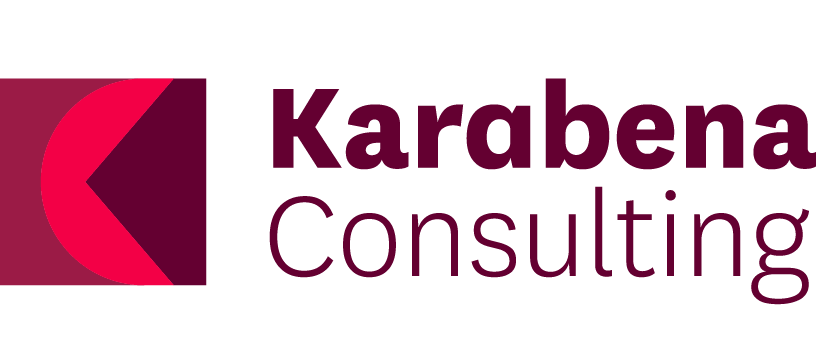Birrarung Council Bi-cultural Review
The Victorian Department of Environment, Land, Water and Planning (DELWP)
Who funded the project
Karabena Consulting was engaged to facilitate consultations with members of the Birrarung Council to inform the development of a bi-cultural governance model.
To complete this project, we undertook a range of consultations and provided the outcomes to the Birrarung Council prior to two final half day workshops with all Council members. In these workshops, Council members considered the consultation findings and discussed practical ways to incorporate key outcomes into the operation of the Council.
We delivered a final report to the Birrarung Council including recommendations for the Council to consider.
Summary
To facilitate consultations with members of the Birrarung Council to inform the development of a bi-cultural governance model, enabling it to serve as a truly bi-cultural entity in fulfilling its advice and advocacy functions under the Yarra River Protection (Wilip-gin Birrarung murron) Act 2017.
Project Aims
To complete this project, Karabena Consulting:
Facilitated two half day workshops with Wurundjeri Elders on the Council and the broader Wurundjeri community
Developed a discussion paper informed by Wurundjeri feedback for use in the remaining consultations
Conducted 10 telephone interviews with non-Indigenous Council members and secretariat staff
Facilitated two half day workshops with all Birrarung Council members.
Methodologies
The key outputs for this project were:
A brief document for the Wurundjeri workshops
A discussion paper
An overview of initial consultation findings and key quotes
A final report outlining a summary of the project and recommendations.
Outputs
This project has had successful short-term outcomes, with some of our recommendations already being implemented in the operation of the Birrarung Council.
The Council intends to incorporate our recommendations into their bi-cultural governance model and we are confident that this will lead to long-term changes in the way the Council operates. In particular, the Council is committed to ensuring that Wurundjeri knowledge, wisdom and connection to Country underpins their approach.
We hope that the Birrarung Council’s bi-cultural governance model will be a strong example for other entities seeking to operate in a truly bi-cultural way.
Project Outcomes
Birrarung Council; Birrarung River; Wurundjeri Woi-wurrung; Yarra River; bi-cultural review; bi-cultural governance; Traditional Owners; DELWP
